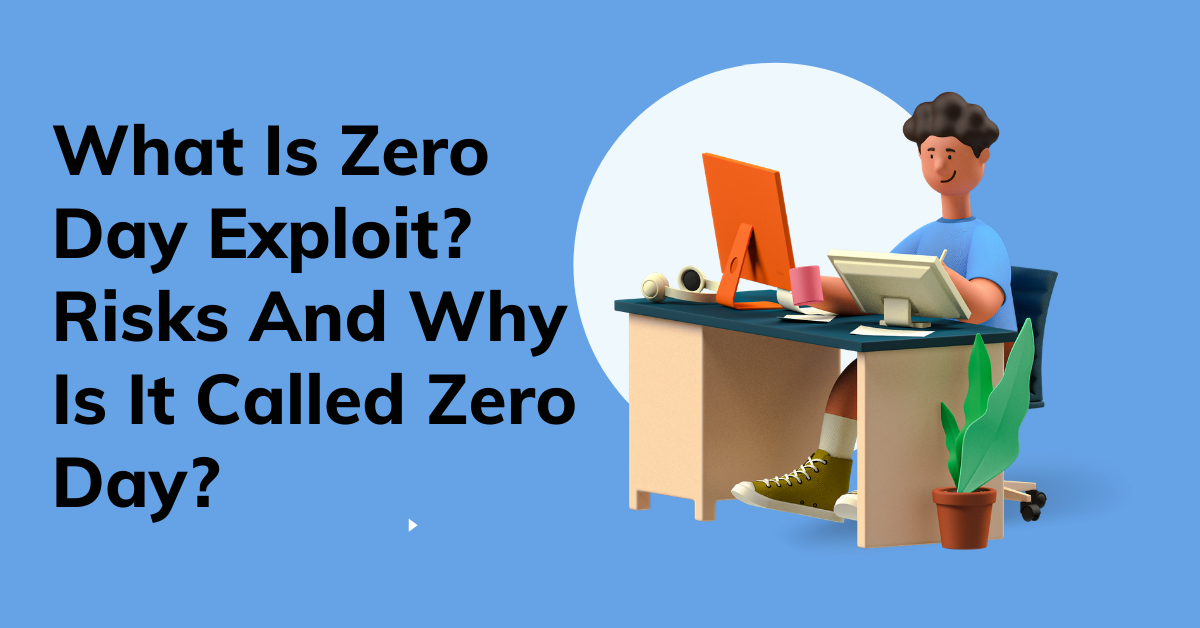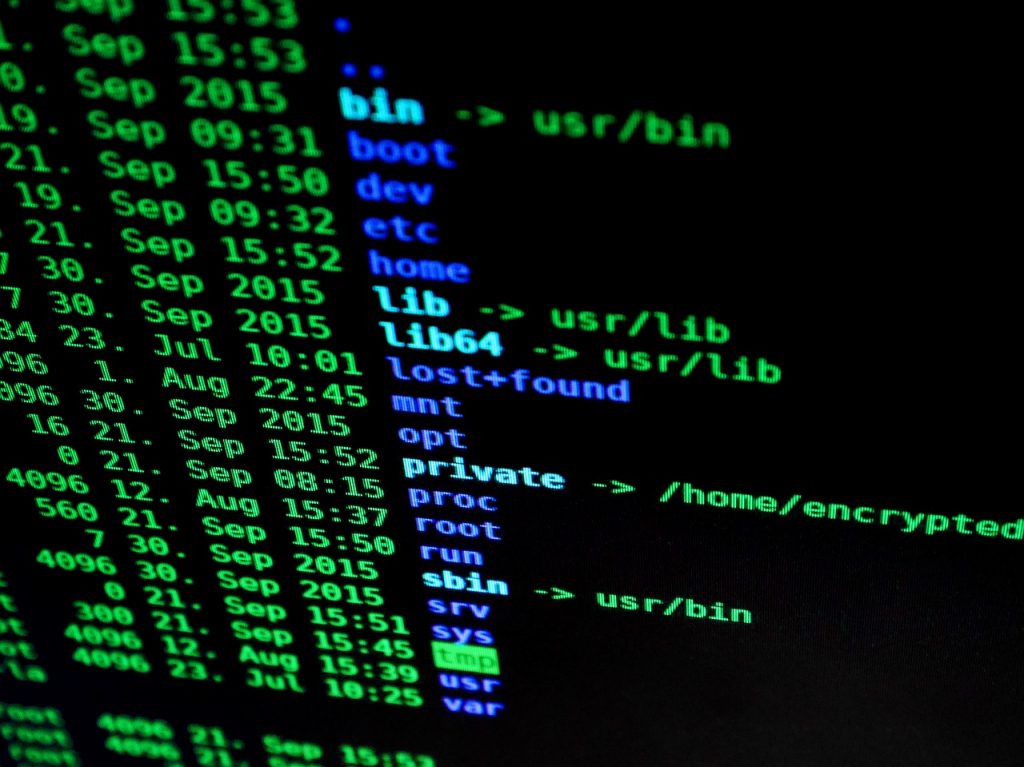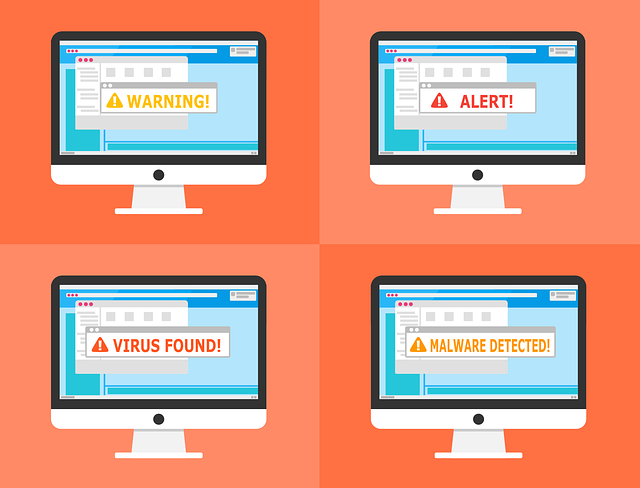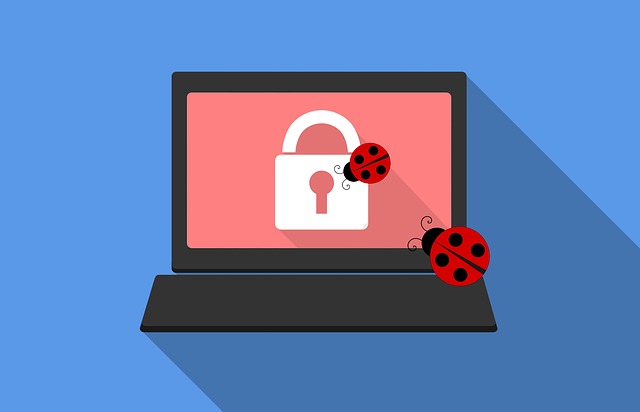This post brings you a review of zero-day exploits. Herein, we'll show you its risks, detection and preventive measures, and the rationale behind the term “zero-day.”
A high level of risk is associated with zero-day exploits, with hundreds of software (and hardware) developers falling victim every year, losing millions of dollars in the process.
To get more information about this scourge, follow through this post. Read on!
Table of Contents
What Is Zero Day Exploit: Why Is It Called Zero Day?
A Zero-day exploit is a cybersecurity breach encountered less than 24 hours after discovering a leak or loophole in a program's security setup.
Hackers get wind of a security breach in a typical zero-day exploit before the developers can muster up a fix. This occurs 24 hours between the discovery (of a vulnerability) and the first cyberattack (via the vulnerable point). This sums up the rationale behind the term “zero days.” When an attack is experienced after 24 hours of leak discovery, it becomes a “one-day exploit” or “N-day exploit”.
Besides, users of software/hardware discover security flaws all the time, and where necessary, such discoveries are duly communicated to the developers, who, in turn, plug the leaks as appropriate.
However, when a hacker(s) first discovers a security flaw, an exploit is imminent. This is because developers are unaware of the vulnerability and, thus, have no system in place to prevent resulting breaches.
The question, then, is: how can developers detect zero-day exploits?
How To Detect Zero Day Exploit
Unlike “N-day exploits”, which may continue after a leak has been plugged, zero-day exploit is limited to the first 24-hours. And while it's generally difficult to prevent it, developers can put specific measures in place for early detection.
In addition, intrusion detection systems like IPSes and IDSes are insufficient for exploit detection/prevention. Hence, most developers adopt the “user behavior analytics” detection system, which analyzes users' behavioral patterns. This analytical system marks out activities deemed “abnormal”, and classifies them as “risks” (of zero day exploits).
Furthermore, developers now have security pacts with prominent cyber researchers/experts. With this alliance, discovered flaws are withheld from the public and reported to appropriate quarters. This allows developers to develop a patch before hackers can exploit such vulnerabilities.
However, while significant detection systems have, thus far, recorded massive success, zero-day exploits remain a serious cybersecurity issue.
Risks Of Zero Day Exploit
Developers stand to lose a lot from zero-day exploits. Hackers can breach a software's security without the developers' knowledge. In the process, they gain access to privileged and susceptible information, which could be worth millions. Notable tech firms like Adobe and Microsoft have recently fallen victim to zero-day exploits.
READ ALSO: Is Windows Defender Enough for 2020?
Similarly, it's on record that notorious cybercrime groups like the state-backed Chinese cybercrime syndicate – APT41 – have launched several cyber attacks on some high-profile developers. As reported by FireEye, game developers could be the next target of these cyber exploits by APT41.
In a nutshell, victims run the risk of losing valuable data, money, and reputation. Hence, all efforts should be made to plug/patch leaks as soon as they are discovered.
How To Protect Against Zero-day Attacks
Here are ways to protect your computer device against zero-day attacks:
Vulnerability Scanning
Vulnerability scanning is done to discover the holes in your security before an outsider does. The scan can be performed by your tech team or contracted to firms specializing in vulnerability scanning. Sometimes, hackers also do it to detect the vulnerability in the network.
There are two ways vulnerability scans can be done: authenticated and unauthenticated
It is recommended that both types of scans are carried out to ensure that the software vulnerability is detected and addressed.
Be Aware Of The Latest Threats
A security patch should be developed and rolled out when vulnerabilities are discovered in software or networks. This should be done quickly, and the software upgrade should be made available as this cuts down the risk of zero-day attacks.
Kaspersky has a Kaspersky Threat Intelligence Portal, which has documented over 20 years of data on cyber-attacks, threats, and insights. Kaspersky Anti-Tached Attack Platform also helps detect threats at an early stage.
Why Do Vulnerabilities Pose Security Risks?
When mistakes happen during software development and building apps and websites, they are referred to as bugs.
These bugs are harmless, only that they affect the general performance of the software, app, or website. But when these bugs are discovered by hackers and exploited, they become a vulnerability and pose a security risk for the whole network.
Exploiting these vulnerabilities could leak sensitive data, system failure, deletion, or tampering with data and other risks. This can impact the company's finances or reputation.
What Makes A Vulnerability A Zero-Day?
When bugs considered harmless are discovered by hackers and exploited, they become a vulnerability.
When hackers exploit and expose this vulnerability before the software vendor can update or create a patch, it is called zero-day because the vendor has zero days to fix the issues discovered and already exploited by the hackers.
Why Are Zero-day Exploits So Dangerous?
The vulnerability might have been discovered for long and exploited by the hackers before the vendor. When the vulnerability is discovered, updates and patches are worked on; exploitation continues if the patch and the update have not been downloaded.
Big corporations usually are the worst hit as they take time before they update their networks when vulnerabilities are discovered and worked on. Hackers look for n-day vulnerabilities to exploit, and every software or app that has not been updated or patched is a target.
What Is A Software Vulnerability?
As mentioned earlier, some mistakes are made in the process of programming software. These mistakes might be a result of tight deadlines and other things.
These mistakes are called bugs and become vulnerabilities when discovered by hackers.
When this software is released, the programmers and developers will get users' feedback to know the problems. These problems are then addressed, and fixes come in patches and updates.
What COVID-19 Taught Us: Prepping Cybersecurity For The Next Crisis?
There are predictions that the next big crisis might be climate and global cyberattacks. The COVID-19 pandemic took everybody unawares, including businesses.
The pandemic forced states and businesses into lockdowns, and we saw the proliferation of remote work. Remote work initiatives employed by most organizations brought with it security challenges as devices used by employers were susceptible to hacks.
One way to prepare for the next crisis is to be prepared; the response time in the case of a global cyberattack is critical to arresting it before it spreads too far. This was evident in the quick response of a few states and how they could arrest the spread.
The world has become a global village, and boundaries have been eroded. The pandemic has shown us that multilateral cooperation is the best way to arrest any biological or cyber pandemic.
There is also a need to plan a strategy that will make it possible for the activities of corporations and governments to continue in case of a global cyberattack. The world is going digital, and any cyberattack will have disastrous effects without backup.
How To Prevent Zero Day Exploit
As pointed out earlier, detecting imminent exploits is tough; hence, prevention is generally more difficult without a viable detection system. Nonetheless, specific measures can be implemented to curb or at least minimize the effects of these cyber attacks.
Here are some of the preventive measures:
- Deploy intrusion detection systems.
- Encrypt network traffic using the IPSec – IP security protocol.
- Run regular drills and checks to discover potential zero-day vulnerabilities
- Ensure that all relevant systems are up-to-date.
- Use virtual LAN
- Make use of a strong antivirus program.
- Deploy NAC to control access to sensitive areas of a program's development hub.
Zero Day Exploit: Frequently Asked Questions
The term “zero-day” can sound scary in the cybersecurity world. Let's summarize what it means and answer some common questions to illuminate this critical topic.
What is a zero-day exploit?
A zero-day exploit is a previously unknown software, hardware, or firmware vulnerability that attackers can leverage to gain unauthorized access to systems or steal data. The “zero-day” refers to the fact that software vendors or hardware manufacturers are unaware of the vulnerability, giving them zero days to develop a patch or fix.
What is the most famous zero-day exploit?
There have been many infamous zero-day exploits over the years, but some notable examples include:
- Stuxnet (2010): A complex worm that targeted industrial control systems used in Iranian nuclear facilities.
- Heartbleed Bug (2014): A vulnerability in the OpenSSL encryption library that could have allowed attackers to steal sensitive information.
- WannaCry Ransomware Attack (2017): Exploited a vulnerability in Microsoft Windows to spread rapidly and encrypt user data, demanding ransom payments.
What is an iOS zero-day exploit?
A zero-day exploit can target any software, including mobile operating systems like iOS. These exploits are particularly concerning because mobile devices often contain personal and professional data.
What is a zero-day attack in real life?
Imagine a thief discovering a weakness in a building's security system (a zero-day vulnerability) before the owner is aware. The thief exploits this weakness to break in and steal valuables (the attack). This is analogous to a zero-day attack in the digital world.
How much are zero-day exploits worth?
The value of a zero-day exploit can vary depending on its effectiveness, the target software, and the potential impact. Some zero-day exploits can fetch millions of dollars on the black market, especially those targeting widely used software or critical infrastructure.
How much does a zero-day exploit cost?
There's typically no way to purchase a zero-day exploit for a legitimate user. They are often discovered and stockpiled by governments or criminal organizations. Ethical researchers may responsibly disclose zero-day vulnerabilities to software vendors, allowing them to develop a fix before it falls into the wrong hands.
What does zero-day stand for?
“Zero-day” refers to when a software vulnerability is discovered and when a patch is available to fix it. In essence, developers have zero days to address the issue before attackers can exploit it.
Can zero-day attacks be stopped altogether?
Unfortunately, completely stopping zero-day attacks is very difficult. By nature, they are unknown vulnerabilities, making them challenging to defend against. However, there are steps you can take to minimize the risk.
What are the risks of zero-day attacks?
Zero-day attacks can have severe consequences. They can be used to steal sensitive data, disrupt critical systems, or even compromise entire networks.
Who are the targets for zero-day exploits?
Targets can vary. High-profile organizations like governments and businesses are often targeted, but individuals can also be vulnerable. Attackers might target specific users with access to valuable information.
What are three solutions to prepare for zero-day exploits?
Here are three ways to improve your preparedness:
- Software Updates: Keeping your operating system, applications, and web browsers up-to-date with the latest security patches is crucial.
- Security Awareness Training: Educate employees about cybersecurity best practices, including being cautious of suspicious links or attachments.
- Security Software: Use reputable antivirus and anti-malware software to add an extra layer of protection against potential threats.
What is a Chrome zero-day exploit?
A Chrome zero-day exploit is a specific zero-day vulnerability that targets the Google Chrome web browser. These exploits allow attackers to access a user's system through the browser. Keeping Chrome updated and practicing safe browsing habits can help mitigate this risk.
Conclusion
In conclusion, zero-day exploits represent a significant threat in the cybersecurity landscape. They prey on unknown software vulnerabilities, leaving little to no time for defense before attackers can exploit them. The “zero-day” terminology aptly describes this critical window of opportunity for attackers.
The potential consequences of zero-day attacks can be severe, ranging from data breaches to system disruptions.
However, you can significantly reduce your risk by staying informed about these threats, prioritizing software updates, and implementing security best practices. Remember, cybersecurity is an ongoing process. Vigilance and a proactive approach are crucial to staying ahead of these ever-evolving threats.
Share your cyber threat experience with us by commenting below.
RELATED POSTS
- Interview With Michael Bruemmer, Vice President of Experian Data Breach Resolution Group and Consumer Protection
- 3 Most Secure Operating Systems
- What is Ransomware? Signs and How to Remove it?
- COVID-19: How To Stay Ahead During The Slow Season
About the Author:
Daniel Segun is the Founder and CEO of SecureBlitz Cybersecurity Media, with a background in Computer Science and Digital Marketing. When not writing, he's probably busy designing graphics or developing websites.
Meet Angela Daniel, an esteemed cybersecurity expert and the Associate Editor at SecureBlitz. With a profound understanding of the digital security landscape, Angela is dedicated to sharing her wealth of knowledge with readers. Her insightful articles delve into the intricacies of cybersecurity, offering a beacon of understanding in the ever-evolving realm of online safety.
Angela's expertise is grounded in a passion for staying at the forefront of emerging threats and protective measures. Her commitment to empowering individuals and organizations with the tools and insights to safeguard their digital presence is unwavering.











